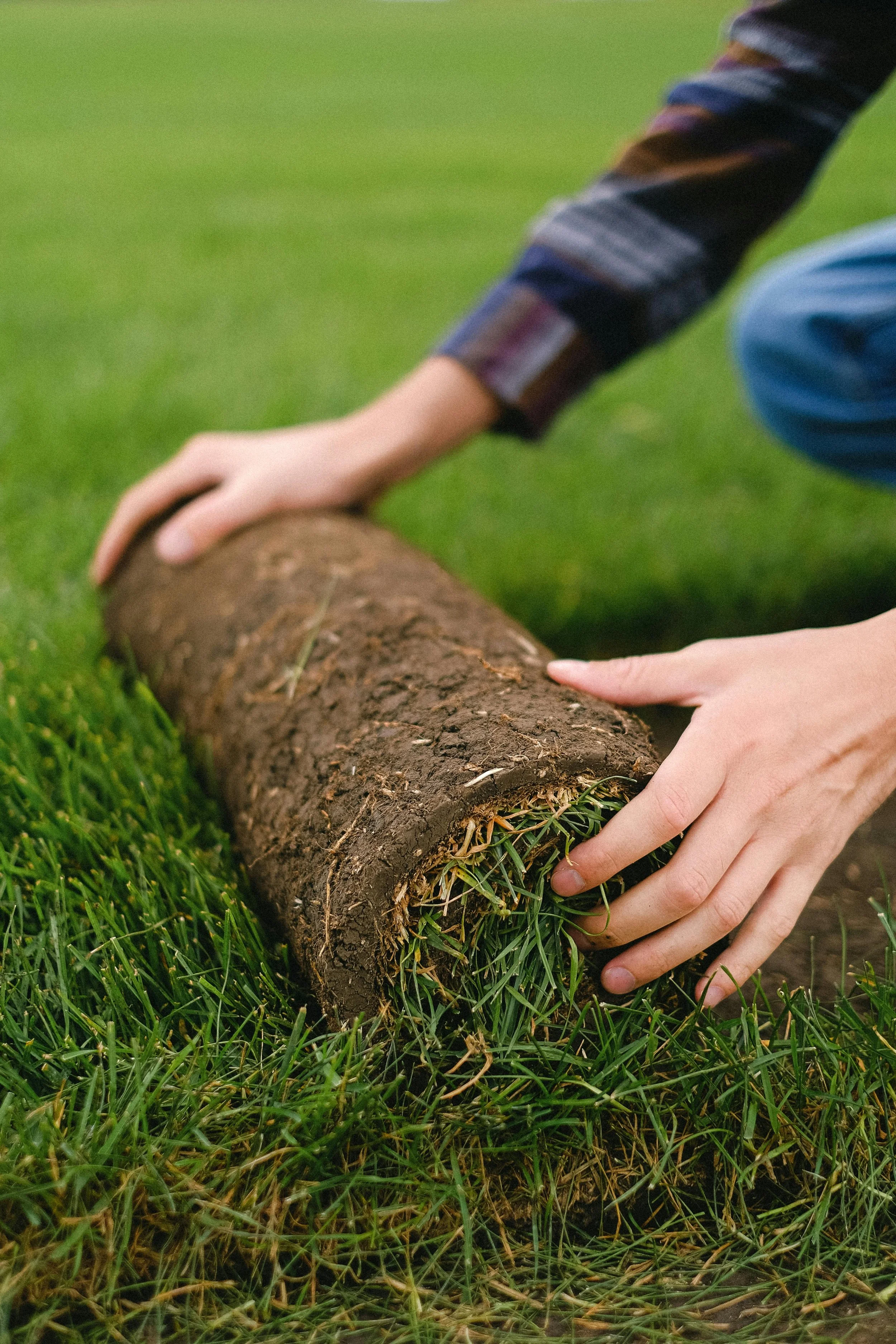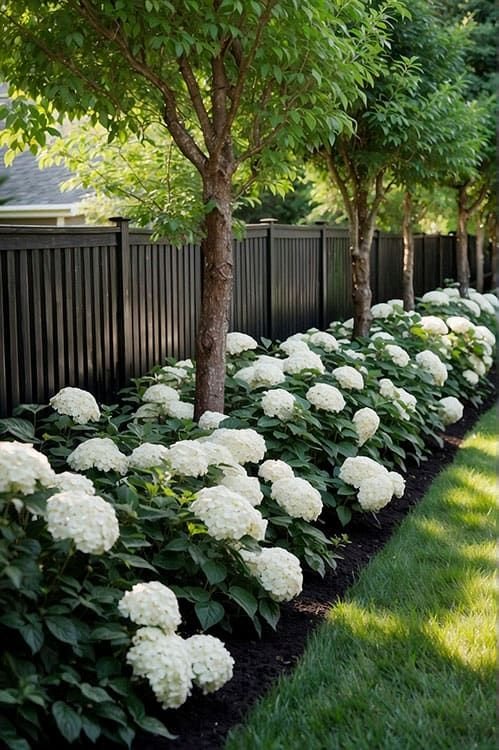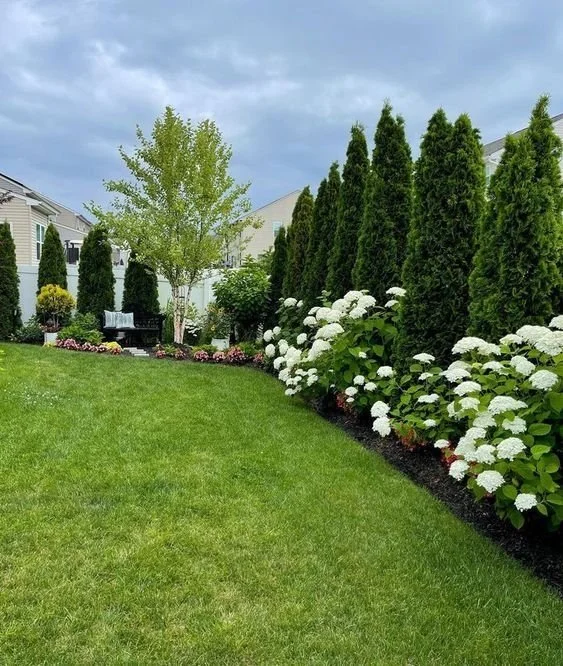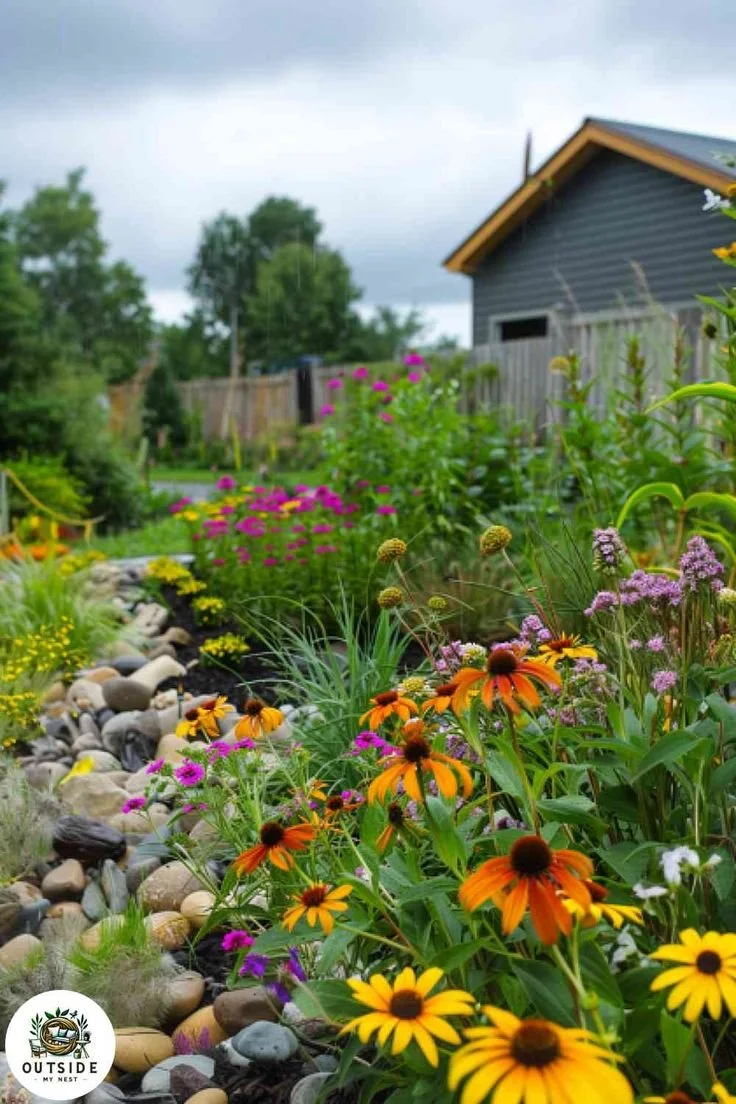What is Artificial Turf Made Of?
RH Business Marketing Solutions
Ever wondered what gives artificial turf its grass-like feel and durability? You're about to uncover the secrets behind this modern landscaping marvel. From sports fields to backyard putting greens, artificial turf is everywhere. Let's dive into its composition and discover why it's become such a popular alternative to natural grass.
1. Composition of Artificial Turf
Artificial turf isn't just a simple green carpet. It's a complex system made up of three main components: synthetic fibers, infill materials, and backing systems.
1.1 Synthetic Fibers
These are the "blades" of your artificial grass. Manufacturers typically use three main types of fibers.
1.1.1 Polyethylene
Polyethylene is the most common choice for artificial turf fibers. It offers a soft feel that closely mimics natural grass, making it comfortable to walk or play on. Its durability ensures that your turf will maintain its lush appearance for years, even with heavy use.
1.1.2 Polypropylene
If you're looking for a more budget-friendly option, polypropylene fibers might be the way to go. While they're not as durable as polyethylene, they still provide a decent artificial grass experience. These fibers are often used in lower-traffic areas or where frequent replacement isn't a major concern.
1.1.3 Nylon
For the toughest artificial turf out there, nylon is your go-to fiber. It's extremely strong and resilient, capable of withstanding intense use and harsh weather conditions. However, this strength comes at a cost – nylon fibers can feel a bit abrasive, especially on bare skin.
1.2 Infill Materials
Infill is crucial for keeping those synthetic blades standing tall and providing additional performance benefits. There are several types of infill materials to choose from.
1.2.1 Crumb Rubber
Often made from recycled tires, crumb rubber is a popular infill choice. It provides excellent shock absorption, making it ideal for sports fields where players need protection from impacts. The rubber granules nestle between the fibers, supporting them and adding a bit of bounce to your step.
1.2.2 Sand
Sand infill adds weight to your artificial turf, helping it stay in place even in windy conditions. It's often used in combination with other infill materials to provide stability and improve the overall feel of the turf. Sand can also help regulate temperature, preventing the surface from getting too hot in direct sunlight.
1.2.3 Cork and Organic Materials
As eco-friendly alternatives gain popularity, many are turning to organic infills like cork. These materials offer natural antimicrobial properties and can help keep your turf cooler. They're biodegradable too, making them a great choice if environmental impact is a top concern for you.
1.2.4 Synthetic Infills
Engineered for specific performance characteristics, synthetic infills are the high-tech option in the artificial turf world. They can be designed to reduce heat retention, improve shock absorption, or enhance drainage. If you're looking for turf with very specific performance requirements, synthetic infills might be your best bet.
1.3 Backing Systems
The unsung hero of artificial turf, backing provides structure and stability. It comes in two main layers.
1.3.1 Primary Backing
This is where the fibers are anchored. The primary backing is usually made of woven polypropylene and serves as the foundation for the entire turf system. It's designed to hold the fibers securely in place, ensuring your artificial grass keeps its shape and density over time.
1.3.2 Secondary Backing
Usually made of polyurethane or latex, the secondary backing adds stability and aids in drainage. It's applied to the underside of the primary backing, locking the fibers in place and providing a sturdy base for the entire system. This layer also plays a crucial role in allowing water to pass through, preventing puddles from forming on your artificial lawn.
2. Manufacturing Process
Creating artificial turf is a fascinating blend of technology and craftsmanship. The process involves several key steps to transform raw materials into a finished product that looks and feels like natural grass.
2.1 Fiber Tufting or Knitting
The first step in manufacturing artificial turf is to create the grass-like surface. Synthetic fibers are tufted or knitted into the primary backing material. This process is similar to making carpet, but with specialized machinery designed to mimic the look of grass blades.
2.2 Backing Application
Once the fibers are in place, the secondary backing is applied. This layer is typically sprayed or rolled onto the underside of the primary backing. It's then heat-cured to create a strong bond, ensuring the fibers stay in place even under heavy use.
2.3 Infill Addition
The final step in the process occurs during installation. After the turf is laid out, installers add the chosen infill material. This is spread evenly across the surface and worked down between the fibers. The amount and type of infill can be customized based on the specific needs of your project.
3. Environmental Considerations
As you consider artificial turf, you might wonder about its environmental impact. It's a complex issue with several factors to consider.
3.1 Recyclability
Many components of artificial turf can be recycled at the end of their lifespan. The synthetic fibers and backing can often be repurposed into new products, reducing waste. However, it's important to note that not all artificial turf is easily recyclable, and proper disposal methods should be considered.
3.2 Eco-Friendly Alternatives
Some manufacturers now offer eco-friendly alternatives in modern artificial turf. These might include biodegradable fibers, organic infills, or backing made from recycled materials. If environmental impact is a key concern for you, look for products that emphasize sustainability in their design and manufacturing process.
3.3 Maintenance Comparison
While artificial turf eliminates the need for watering, mowing, and fertilizing, it has its own environmental considerations. These might include the energy used in manufacturing, the potential for microplastic shedding, and heat retention in urban areas. Weighing these factors against the resource use of natural grass maintenance is an important part of making an environmentally conscious decision.
4. Performance Characteristics
Artificial turf is engineered for optimal performance across a range of applications. Understanding these characteristics can help you determine if it's the right choice for your needs.
4.1 Durability
One of the key advantages of artificial turf is its ability to withstand heavy use. It's designed to maintain its appearance and functionality even under intense foot traffic, making it ideal for high-use areas where natural grass might struggle to survive.
4.2 Weather Resistance
Come rain or shine, artificial turf is built to perform. It doesn't turn to mud in heavy rain, and it won't die off during drought conditions. This consistent performance regardless of weather makes it a reliable surface for various applications.
4.3 Low Maintenance
Say goodbye to weekend lawn care chores! Artificial turf doesn't need mowing, watering, or fertilizing. While it does require some maintenance, like occasional brushing and debris removal, it's generally much less time-consuming than caring for a natural lawn.
5. Applications of Artificial Turf
You'll find artificial turf in a variety of settings, each taking advantage of its unique properties.
5.1 Sports Fields
From professional stadiums to local playing fields, artificial turf provides a consistent playing surface year-round. It can withstand intensive use and offers predictable ball roll and bounce, making it popular for sports like soccer, football, and field hockey.
5.2 Residential Lawns
Perfect for areas where natural grass struggles to grow, artificial turf offers homeowners a low-maintenance alternative. It's great for shady spots, areas with poor soil, or regions with water restrictions.
5.3 Commercial Landscaping
Artificial turf adds a touch of green to urban environments where natural grass might not be practical. You'll often see it in office parks, hotel grounds, and other commercial spaces where appearance and low maintenance are priorities.
5.4 Indoor Sports Facilities
Bringing the outdoor experience inside, artificial turf is commonly used in indoor sports facilities. It allows for year-round training and play, regardless of outdoor weather conditions.
6. Advancements in Artificial Turf Technology
The world of artificial turf is constantly evolving, with new innovations improving its performance and sustainability, especially with from quality turf provider.
6.1 Improved Fiber Materials
Manufacturers are developing new fiber materials that provide a more natural look and feel. These advanced fibers can better resist matting and crushing, maintaining their upright position for longer.
6.2 Cooler Infills
Heat retention has been a common complaint with artificial turf. In response, companies are creating new infill materials designed to stay cooler under direct sunlight, improving comfort for users.
6.3 Enhanced Drainage Systems
Modern artificial turf systems often feature improved drainage capabilities. These enhancements allow water to pass through more efficiently, reducing puddles and allowing for quicker return to play after rain.
Artificial turf is more than meets the eye. It's a carefully engineered system designed to mimic the best qualities of natural grass while offering unique benefits. Whether you're an athlete, a homeowner, or a landscape designer, understanding what goes into artificial turf can help you make informed decisions about its use. Next time you step onto a perfectly manicured field that never needs water, you'll appreciate the science and engineering behind its effortless beauty.


















